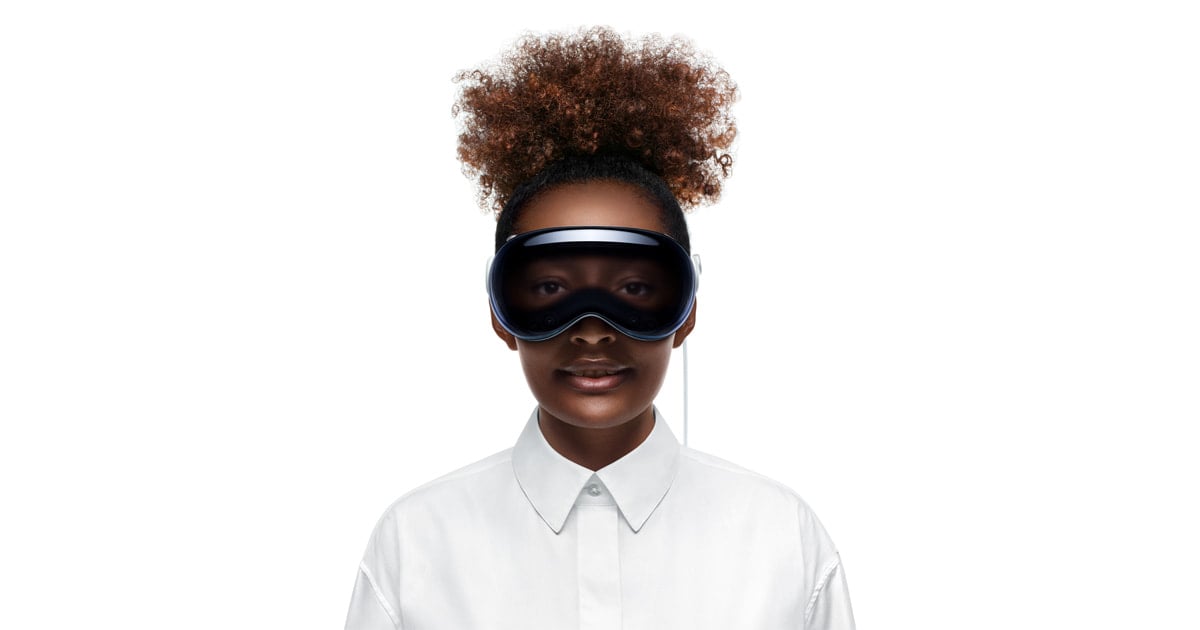- cross-posted to:
- apple_enthusiast@lemmy.world
- hackernews@derp.foo
- cross-posted to:
- apple_enthusiast@lemmy.world
- hackernews@derp.foo
I honestly doubt this will take off, but it’ll be interesting as a tech demo for what AR/VR can be at the highest end.



I was under the impression these were meant to be AR glasses, not VR glasses? Either way, I’m not really sure who their target demographic is supposed to be at that price point.
It can be both, the device isn’t transparent at all and the user can control how much of the real world they are seeing at any time. It’s all cameras that create the AR effect. Applications can be anything from a floating window in the real world or a full VR immersion.
I wouldn’t consider it AR because it’s still a fully virtual environment the user is interacting with, granted it’s built convincingly from the camera feeds. If the lens were a clear passthrough into the real world+layering virtual elements over it then I think it falls under AR.
It’s mostly semantics though. The line between AR and VR has been fuzzy since we started shoving camera passthrough on devices.
Wow, your comment is the first time it’s been made clear to me that this thing isn’t actually see-through and that’s just a screen on the outside. I thought it was essentially a sleeker looking Hololens. I’ve had the wrong impression of this thing the entire time, and now I’m much less impressed by it.
Lol, yeah, and what’s crazy to me is they have the inner eye tracking cams projecting the user’s expressions back to that outer screen. Incredibly complicated implementation soaking up precious compute cycles, for no real reason or benefit. Normal Apple things. I think the outer screen goes dark if the user goes into “full VR” mode to watch a movie or whatever
Imagine getting written up by your supervisor because you dared to
look away from your monitortake your VR headset off to give your eyes a break